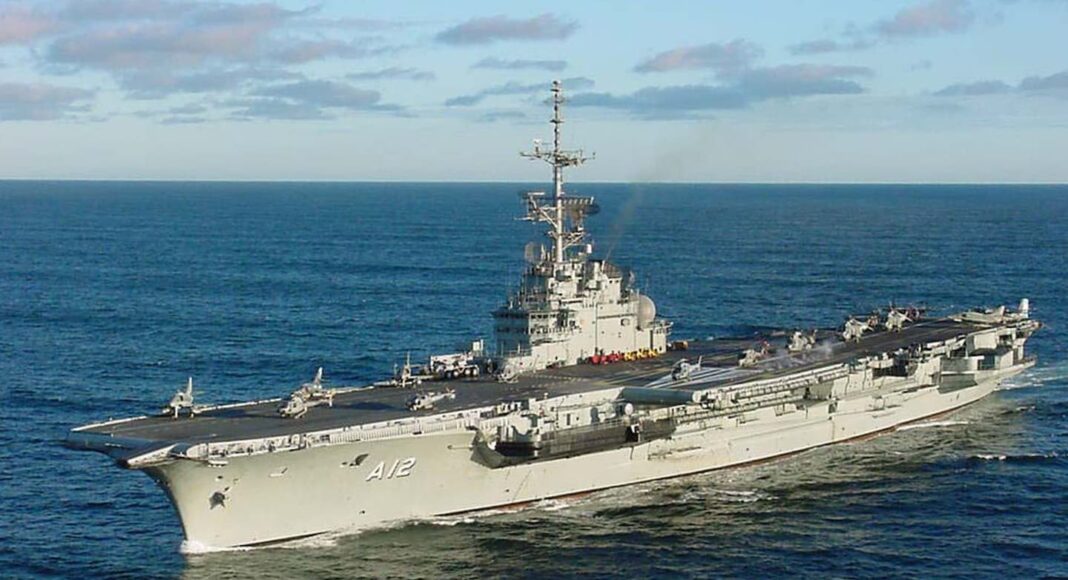Ειδήσεις Ελλάδα

Comment on this story
Comment
RIO DE JANEIRO — Brazil’s navy said Friday night that it had carried out a “planned and controlled” operation to sink a decommissioned aircraft carrier nearly 220 miles off its coast — despite the objections of environmentalists and some government officials who argued that it contained toxic materials that could contaminate the ocean.
The navy said in a statement that the operation to sink the São Paulo, a Clemenceau-class carrier, was carried out with the necessary technical competencies and safety measures in “order to avoid logistical, operational, environmental and economic losses to the Brazilian state.”
Despite those assurances, it was a near certainty that not everyone would see it that way. Shipbreaking Platform, a coalition of nonprofits that advocates for the safe recycling of ships, said last week that a controlled sinking would “equate to a state-sponsored environmental crime.”
Before Friday’s operation, the São Paulo had been at the center of a months-long odyssey, with governments on several continents refusing to let it dock.
Last summer, the ship left Brazil and set sail for Turkey, where a local company that bought the ship in 2021 planned to recycle it safely and sell its scraps. But that voyage came to a halt near Gibraltar.
China unveils cutting-edge aircraft carrier, first to be locally designed
Environmental groups had argued that the vessel contained much larger quantities of toxic materials, including asbestos, than had been acknowledged. The Turkish government rescinded the ship’s import permission.
The São Paulo turned around and went back to Brazil, but neither officials here nor the navy would allow it to dock. It circled around. The navy said recently that the condition of the ship was deteriorating and that damage to the hull meant there was a high risk that it would run aground, sink uncontrollably or block waterways.
So the navy planned to sink it itself.
In a note last month, Ibama, Brazil’s environmental agency, detailed the possible consequences of sinking the ship.
The pollutants packed within its structure could impede the growth of aquatic organisms. The impact of the ship on the ocean floor could kill species and degrade ecosystems. The hydrofluorocarbons — chemicals thousands of times more powerful than carbon dioxide in warming the planet — used to insulate rooms could degrade the ozone layer.
Ibama said this week that it sought more information from the navy before it moved to sink the ship. The government filed lawsuits, but they were rejected. The navy said it would sink the vessel far from environmental protection areas, and away from undersea communication cables.
Brazil bought the 30,000-ton São Paulo from France in 2000 and decommissioned it in 2018.



